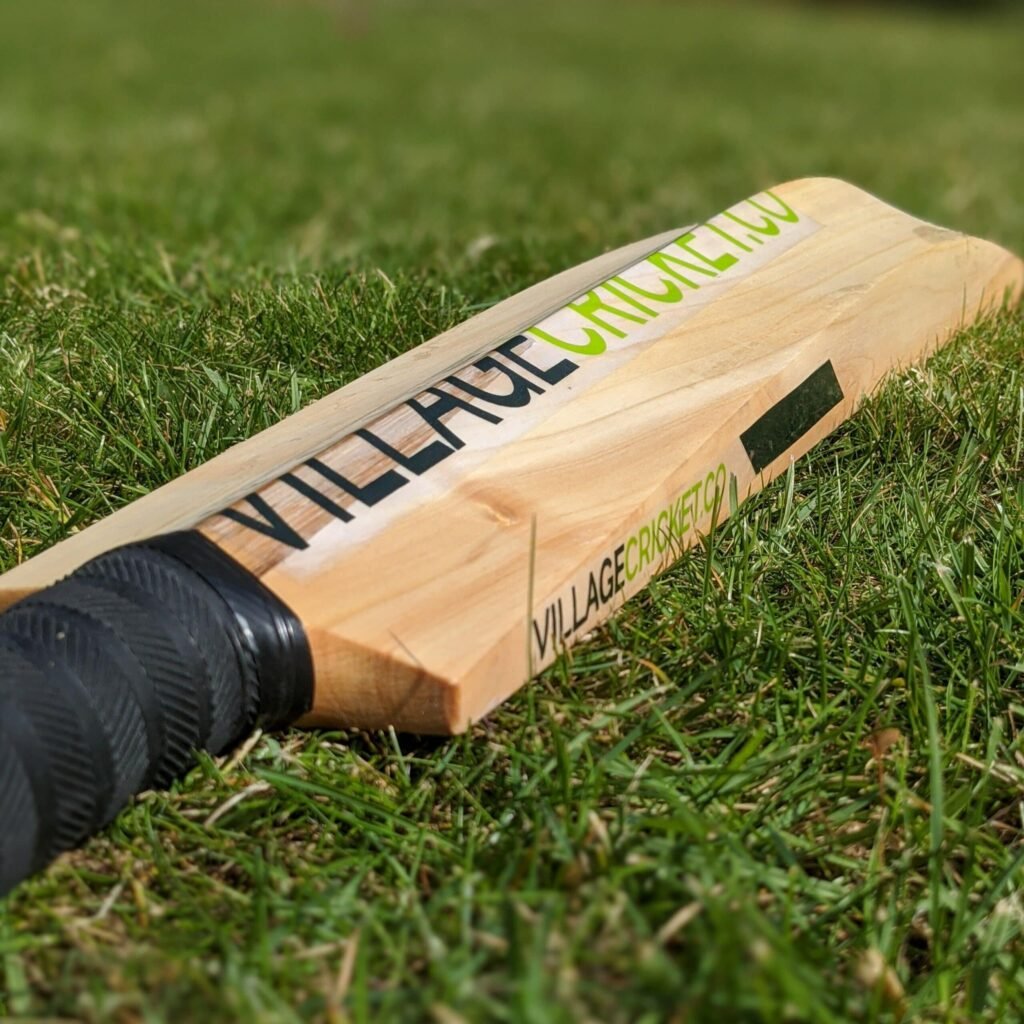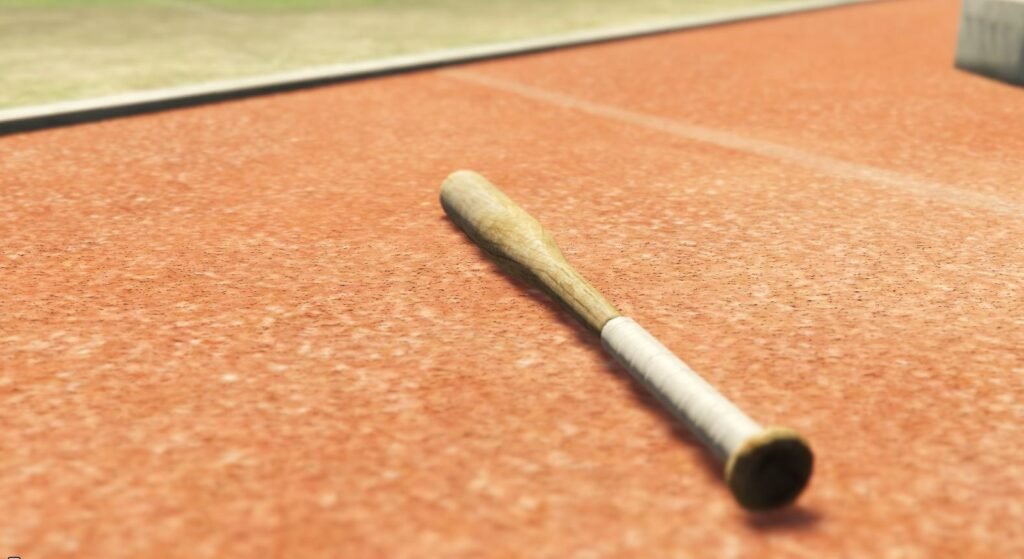The article “Essential Tips for Proper Bat Care: Cleaning, Oiling, and Storage” provides valuable advice on how to maintain your bat in top-notch condition. With easy-to-follow tips and instructions, you will learn the necessary steps to keep your bat clean, well-oiled, and properly stored. Whether you’re an avid baseball player or a casual recreational player, these essential tips will help extend the lifespan of your bat and enhance your performance on the field. So, let’s jump right into these bat care tips and ensure your trusty bat stays in tip-top shape for many successful games to come!
Cleaning Your Bat
Keeping your baseball bat clean is essential for maintaining its performance and prolonging its lifespan. Here are the steps you need to follow to clean your bat effectively.
Tools You Will Need
Before you begin cleaning your bat, make sure you have the necessary tools handy. You will need a soft cloth, a bucket of warm water, mild soap or dish detergent, and a soft-bristled brush. Avoid using any harsh chemicals that could potentially damage the bat’s surface.
Step 1: Remove Any Debris
Start by inspecting your bat for any debris, such as dirt, grass, or mud. Use a soft cloth or brush to gently remove the dirt from the surface of the bat. Be careful not to apply too much pressure, as it could scratch the bat.
Step 2: Prepare the Cleaning Solution
Next, prepare a cleaning solution by mixing a small amount of mild soap or dish detergent with warm water in a bucket. Make sure the water is not too hot, as extreme temperatures can harm the bat. Stir the solution gently to create a soapy mixture.
Step 3: Clean the Bat
Dip the soft-bristled brush or cloth into the soapy water and gently scrub the surface of the bat. Work in small circular motions to remove any dirt or stains. Pay special attention to the handle, barrel, and any other areas that may have come into contact with dirt or sweat during use.
Step 4: Dry the Bat
After cleaning the bat, rinse it thoroughly with clean water to remove any soap residue. Then, use a dry towel to gently pat the bat dry. Avoid using a hairdryer or exposing the bat to direct sunlight, as excessive heat can damage the bat’s material.
Step 5: Inspect for Damage
Once your bat is clean and dry, take a few minutes to inspect it for any signs of damage. Look for cracks, dents, or any other issues that may affect its performance. If you notice any damage, it’s essential to address it promptly and seek professional help if needed.
Oiling Your Bat
Oiling your baseball bat is a crucial step in maintaining its durability and enhancing its performance. Properly oiling the bat ensures that the wood or composite material remains in excellent condition. Here’s a step-by-step guide to oiling your bat effectively.
Necessary Supplies
Before you start oiling your bat, gather the necessary supplies. You will need bat oil or linseed oil, a soft cloth, and disposable gloves (optional) for protection.
Step 1: Choose the Right Oil
Selecting the right oil is essential for the longevity of your bat. It’s recommended to use bat oil or linseed oil, as they penetrate the wood or composite material effectively. Avoid using any other types of oils, such as motor oil or vegetable oil, as they can damage the bat.
Step 2: Apply the Oil
Put on disposable gloves, if desired, to protect your hands from the oil. Apply a small amount of bat oil or linseed oil onto a soft cloth. Rub the oil onto the surface of the bat using long, even strokes. Make sure to cover the entire bat, including the handle and barrel.
Step 3: Let the Oil Absorb
After applying the oil, allow it to absorb into the bat’s material. This process usually takes around 24 hours. Place the bat on a towel or a bat rack in a well-ventilated area to ensure proper drying.
Step 4: Wipe Off Excess Oil
Once the oil has absorbed, take a clean, dry cloth and gently wipe off any excess oil from the bat’s surface. This step helps prevent the bat from feeling sticky and ensures a better grip while swinging.

Storing Your Bat
Proper storage is vital to protect your bat from damage and maintain its performance. Follow these tips to ensure your bat stays in optimal condition during storage.
Clean Before Storing
Before storing your bat, make sure it is clean and free of any dirt or debris. Use the steps provided in the “Cleaning Your Bat” section to ensure your bat is spotless.
Avoid Extreme Temperatures
Extreme temperatures can have a detrimental effect on your bat. Avoid storing it in areas with high humidity or intense heat, such as the garage or a car trunk. Extreme temperatures can cause the bat to warp or crack, compromising its performance.
Use a Bat Case or Sleeve
Investing in a bat case or sleeve is an excellent way to protect your bat during storage. These specialized cases provide extra padding and shielding against any potential impact or accidental falls. It also helps to keep your bat organized and easily accessible.
Store in a Dry Location
Choose a storage area that is dry and well-ventilated. Moisture can damage the bat’s material and encourage the growth of mold or mildew. Avoid storing your bat in damp basements or areas prone to humidity.
Check Regularly for Damage
Make it a habit to inspect your stored bat regularly for any signs of damage. Look out for cracks, dents, or warping. Catching any issues early on can prevent further damage and allow for timely repairs.
Long-Term Storage
If you plan to store your bat for an extended period, taking additional precautions will ensure its proper preservation. Follow these steps for long-term storage:
Clean and Oil Before Storage
Before storing your bat for an extended period, thoroughly clean it as described previously. Once clean, apply a light coat of oil to keep the material moisturized and prevent drying or cracking.
Choose a Suitable Storage Area
When storing your bat long-term, select a storage area that meets specific conditions. Ideally, the location should have a controlled temperature and humidity level, such as a climate-controlled room or a bat-specific storage cabinet.
Avoid Direct Sunlight
Direct sunlight can cause the bat’s material to fade, dry out, and become brittle over time. Always store your bat in a shaded area away from any direct sunlight exposure.
Monitor and Rotate the Bat
Periodically check on the bat during its long-term storage. Rotate the bat every few months to prevent one side from receiving more pressure or weight, which could lead to warping or bending.
Reassess Every Few Months
Every few months, take the time to inspect, clean, and oil your stored bat. This routine maintenance will help identify any potential issues and ensure your bat stays in excellent condition even during extended storage periods.

Avoiding Common Bat Care Mistakes
To ensure the longevity and performance of your bat, it’s crucial to avoid common bat care mistakes. Here are some mistakes to steer clear of:
Never Use Harsh Chemicals
Avoid using harsh chemicals, such as bleach or alcohol, to clean your bat. These chemicals can damage the bat’s surface, alter its finish, or weaken the material.
Avoid Submerging the Bat in Water
Submerging your bat in water for cleaning is a big no-no. Water can enter the bat’s internal structure, leading to swelling, warping, or even internal damage. Stick to using a damp cloth or brush for cleaning instead.
Don’t Store the Bat in a Damp Place
Storing your bat in a damp location, such as a basement or a shed with leakage issues, can result in moisture damage. Dampness can cause the bat’s material to deteriorate and develop mold or mildew.
Never Expose the Bat to Extreme Temperatures
Extreme temperatures, both hot and cold, can cause serious damage to your bat. Avoid storing it in areas that are subjected to excessive heat or cold, such as a car trunk or an uninsulated attic.
Avoid Hitting Non-Baseball Objects
Only use your bat for its intended purpose: playing baseball or softball. Hitting non-baseball objects, such as rocks or metal surfaces, can lead to dents, cracks, or even breakage.
Frequent Inspections and Maintenance
Regular inspections and maintenance are key to keeping your bat in excellent condition. Make these practices part of your routine to ensure optimal performance:
Check for Cracks or Dents
Regularly inspect your bat for any signs of cracks, dents, or other damage. Catching and addressing these issues early can prevent further damage and prolong your bat’s lifespan.
Inspect the Bat Grip
Check the grip regularly for wear and tear. If the grip starts to feel loose or show signs of damage, replace it with a new one. A secure grip is essential for a firm hold and proper swing control.
Reapply Oil Periodically
Periodically reapply oil to keep the bat’s material moisturized. This step prevents drying out and helps maintain the bat’s structural integrity.
Clean After Each Use
After each use, take a few moments to clean your bat. Remove any dirt or sweat with a soft cloth or brush. Cleaning after each use prevents dirt buildup and maintains the overall cleanliness of the bat.
Replace Worn-Out Bat Grips
If the bat grip shows excessive wear and tear, consider replacing it. A worn-out grip can affect your grip strength and overall handling of the bat. Replacing it will ensure optimal performance.

Professional Help for Bat Repairs
While regular maintenance and care are essential, sometimes professional help is necessary for bat repairs. Here’s what you need to know about seeking professional assistance:
Know When to Seek Professional Help
If you notice significant damage or issues with your bat, such as severe cracks, deep dents, or detached pieces, it’s time to seek professional help. Attempting to repair major damage on your own may worsen the situation.
Finding a Qualified Bat Repair Technician
To find a qualified bat repair technician, ask for recommendations from local baseball or softball communities. Look for experts who have experience in repairing bats and handling the specific type of bat you own.
Getting Price Estimates
Before committing to any repairs, obtain price estimates from different repair technicians. This allows you to compare costs and choose the most reasonable option without compromising on quality.
Taking Precautions with Repairs
When handing over your bat to a professional for repairs, make sure you clearly communicate your expectations. Discuss any concerns you have and ask for a detailed explanation of the repair process.
Following Instructions for Shipping
If you need to ship your bat for repairs, follow the repair technician’s shipping instructions carefully. Use a sturdy box and plenty of cushioning material to protect your bat during transit.
Bat Care for Different Materials
Different bat materials require specific care and maintenance. Here are some tips for caring for bats made from various materials:
Wooden Bats
For wooden bats, regular oiling is essential to maintain their moisture content. Avoid exposure to excessive moisture or heat, as these can cause warping or cracking. Sand the bat if necessary to remove any splinters or rough spots.
Composite Bats
Composite bats require less oiling but still benefit from occasional oil applications. Store them in a cool, dry place, away from extreme temperatures. Avoid using these bats in temperatures below 60°F, as the performance can be compromised.
Aluminum Bats
Aluminum bats are less prone to damage but still require care. Clean them regularly with mild soap and warm water. Inspect for any dents or cracks, as these can affect performance. Store in a dry location away from extreme temperatures.
Hybrid Bats
Hybrid bats consist of a combination of materials, often featuring a composite handle and an aluminum barrel. Follow care instructions for both materials. Pay extra attention to the connection point between the handle and barrel for any signs of separation or damage.
Bamboo Bats
Bamboo bats are known for their durability. Still, it’s important to care for them properly. Avoid extreme temperatures and excessive moisture. Clean with a soft cloth or brush, and occasionally apply a thin coat of oil to maintain the bamboo’s integrity.

Traveling with Your Bat
If you’re planning to travel with your bat, proper care and protection are crucial. Consider the following tips to ensure your bat arrives safely at its destination:
Using a Bat Carry Bag or Case
Invest in a bat carry bag or case designed to protect your bat during travel. These specialized bags have padding and compartments to keep your bat secure and shielded from potential damage.
Protecting the Bat during Transport
Before placing your bat in the carry bag or case, wrap it in a soft cloth or bubble wrap for additional protection. This extra layer helps absorb any impact or vibration during transit.
Checking Airline Regulations
If you’re traveling by air, check the airline’s regulations regarding carrying sporting equipment, including baseball bats. Ensure your bat complies with the specified size or weight restrictions and any other requirements.
Securing the Bat in Transit
When traveling by car, make sure your bat is securely stored to prevent it from moving around and potentially getting damaged. Use seat belts or other restraints to keep the bat in place.
Consider Purchasing Travel Insurance
If you’re traveling with an expensive or valuable bat, consider purchasing travel insurance. This provides additional peace of mind and financial protection in case of loss, theft, or damage during travel.
Conclusion
Proper bat care is essential for maintaining the performance and longevity of your baseball bat. By following the steps outlined in this article, you can keep your bat clean, well-oiled, and stored correctly. Avoid common bat care mistakes and perform regular inspections and maintenance to address any damage promptly. For major repairs, seek professional help and take precautions when shipping. Remember to adjust your care routine based on the specific material of your bat, and when traveling, ensure your bat is adequately protected. By practicing proper bat care, you can enjoy your bat’s performance and durability for years to come.




